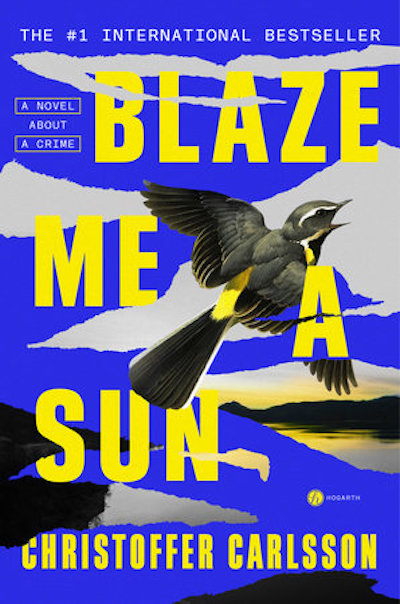Major events in Swedish history that caused the nation to see itself anew parallel the events in this book, with the town of Halmstad a microcosm of the larger turmoil. As the book opens, a woman is found in the back of a car, raped and murdered. The crime will always be linked in the minds of locals with the (real-life) assassination of Sweden’s prime minister, Olof Palme, which happened on the same night, February 28, 1986. Halmstad is in a staid area, where everyone knows everyone, the kids play soccer with a beloved coach, and what farms are left are the quiet backbone of life. The death of Palme and of Stina Franzén, the murdered young woman, cause a kind of shocked introspection whose weight pervades Carlsson’s writing. Horror surfaces once again when another woman disappears the day before the relatively nearby Chernobyl nuclear reactor explodes on April 26, 1986. Chernobyl is “on the other side of freedom,” but even given that the crimes are in much-more-open Sweden, investigator Sven Jörgensson can’t catch the man who taunts him with phone calls and promises there will be more. As years go by, Sven’s son becomes involved in the impossible puzzle, as does a writer who grew up locally and who has returned to write about the crimes (and who narrates this tale). Following events over several decades brings us to care for the characters as much as the outcome of this case, one that’s as unpredictable as it is tragic. The author’s U.S. debut (he’s the youngest winner of the Best Swedish Crime Novel of the Year, for The Invisible Man), this is an absorbing and thought-provoking puzzle.
234
previous post
Better the Blood
next post

